ABA In Schools & The Classroom: Teaching Strategies
For ABA therapy to be used at maximum effectiveness at school, teachers should be mindful to not rely on rumors about the treatment.
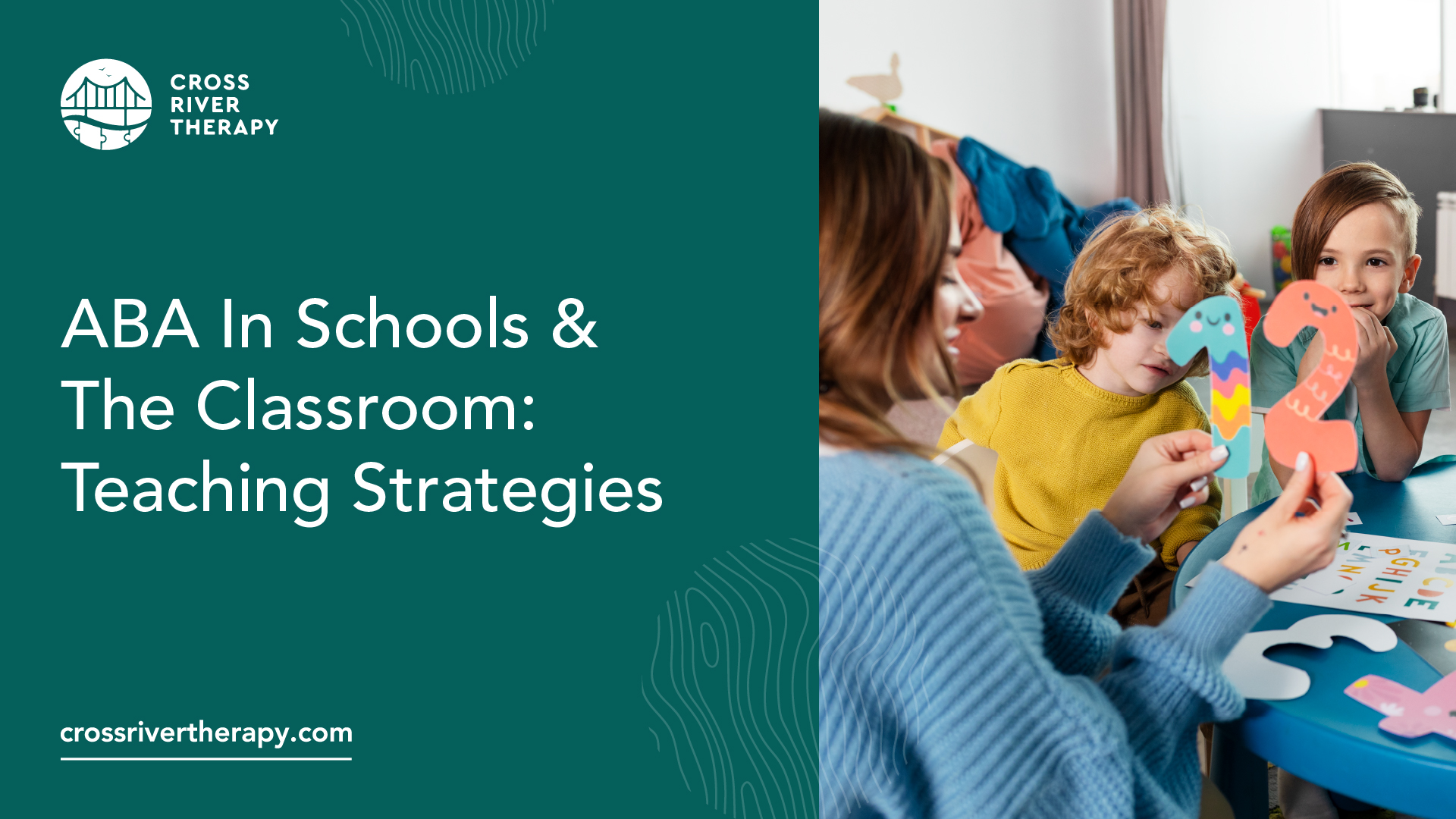
How to Use ABA Therapy in the Classroom
Applied Behavior Analysis has been relied upon for treating autism in a variety of locations, though primarily at clinics or the homes of patients.

But classroom environments are also common for ABA therapy to occur, a place that can show lots of potential for patient improvement.
ABA therapy at school can help children on the autism spectrum learn social and life skills in the location they're comfortable in, and it can benefit the teachers as well.

The purpose of ABA is to reshape and boost the behavior of autistic clients, therefore improving their social and learning abilities.
ABA has been supported and reinforced through lots of reputable studies and research into its practice and effectiveness.
Many studies done on the therapy look heavily into its behavior reinforcements and how they're practiced to reduce ASD symptoms.
The therapy is designed so that behavioral analyses can form a deep understanding of an autistic individual on a case-by-case basis.
While doing this, additional info can be gathered on how the patient's behavior is impacted due to the settings around them, and anything that could trigger an unwanted response.
And for these reasons, it's a great tool for use in a classroom setting.
ABA At School
For ABA therapy to be used at maximum effectiveness at school, teachers should be mindful to not rely on rumors about the treatment.

Instead, they should learn how impactful it is on children diagnosed with autism and other behavioral disorders.
ABA therapy is backed by science and has numerous ways in which it can be applied to different autistic individuals. It's even used for disorders other than autism, such as treatment for ADHD and PTSD.
Many parents of students with special needs have found ABA to improve symptoms of kids diagnosed with disorders with which ABA wasn't initially intended to help.

It's also prescribed for people that have experienced traumatic injuries to the brain, speech problems, and impairments that make it hard to understand written language.
ABA is essentially a good way to treat any disorder that's related to altering specific behaviors.
Still, ABA can't be lumped into a category for treating people with special needs alone. It can assist anyone that needs help in the management or reduction of certain behaviors.
Sometimes, teachers must work with students who exhibit anti-social behavior, are disruptive, or are generally difficult to work with.
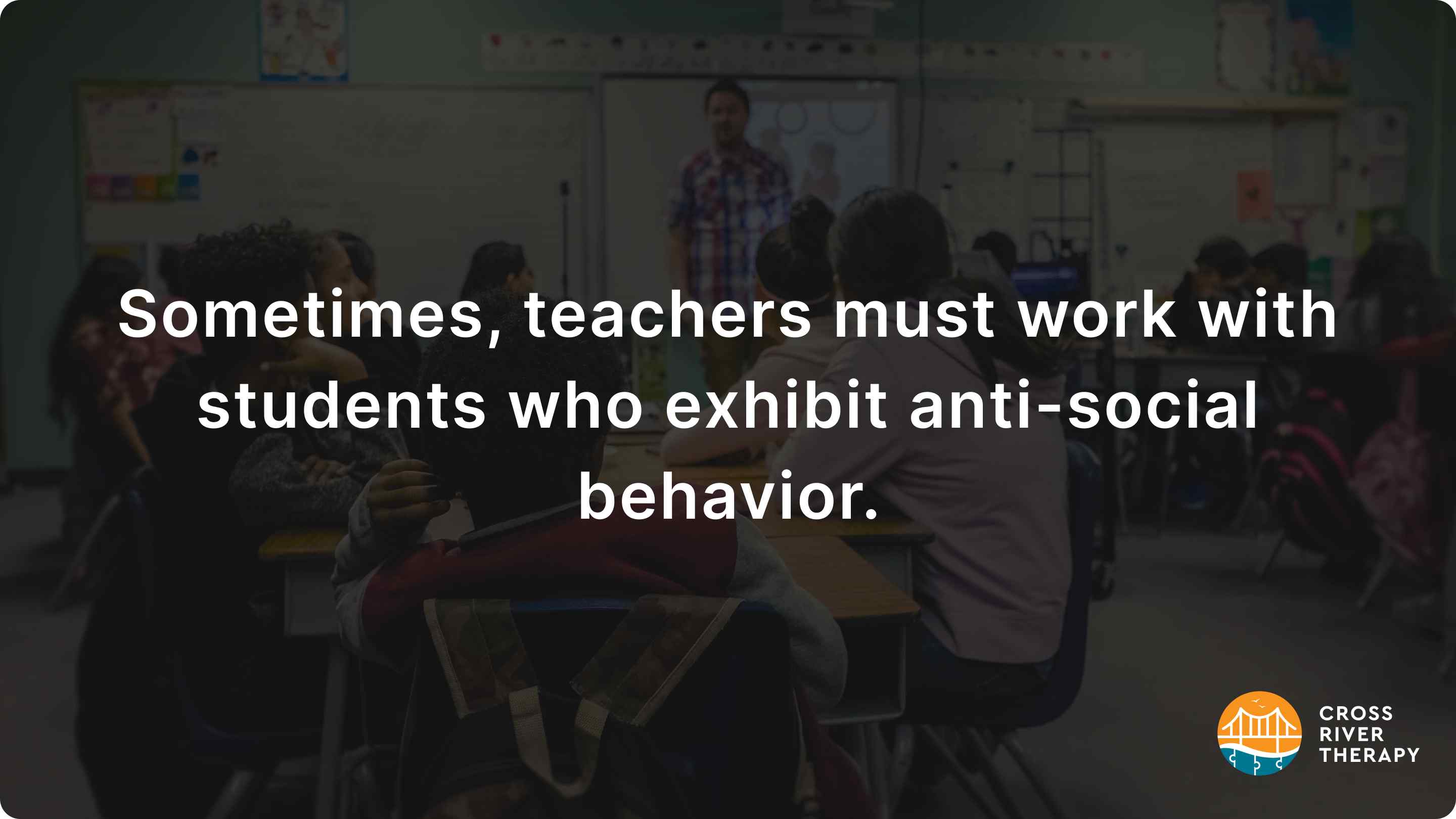
All teachers can have students that cause this, even in classrooms where no one has a behavioral disorder.
It's quite common for teachers to deal with tantrums throughout the day, and ABA therapy in the classroom is one way to mitigate such instances from occurring during class hours.
In short, ABA is useful in schools to combat contentious behavior, whether or not students have autism, another disorder, or nothing at all.
In a Classroom Setting
An instance of ABA in a classroom is when a teacher attempts to understand what brings on certain reactions from their students.
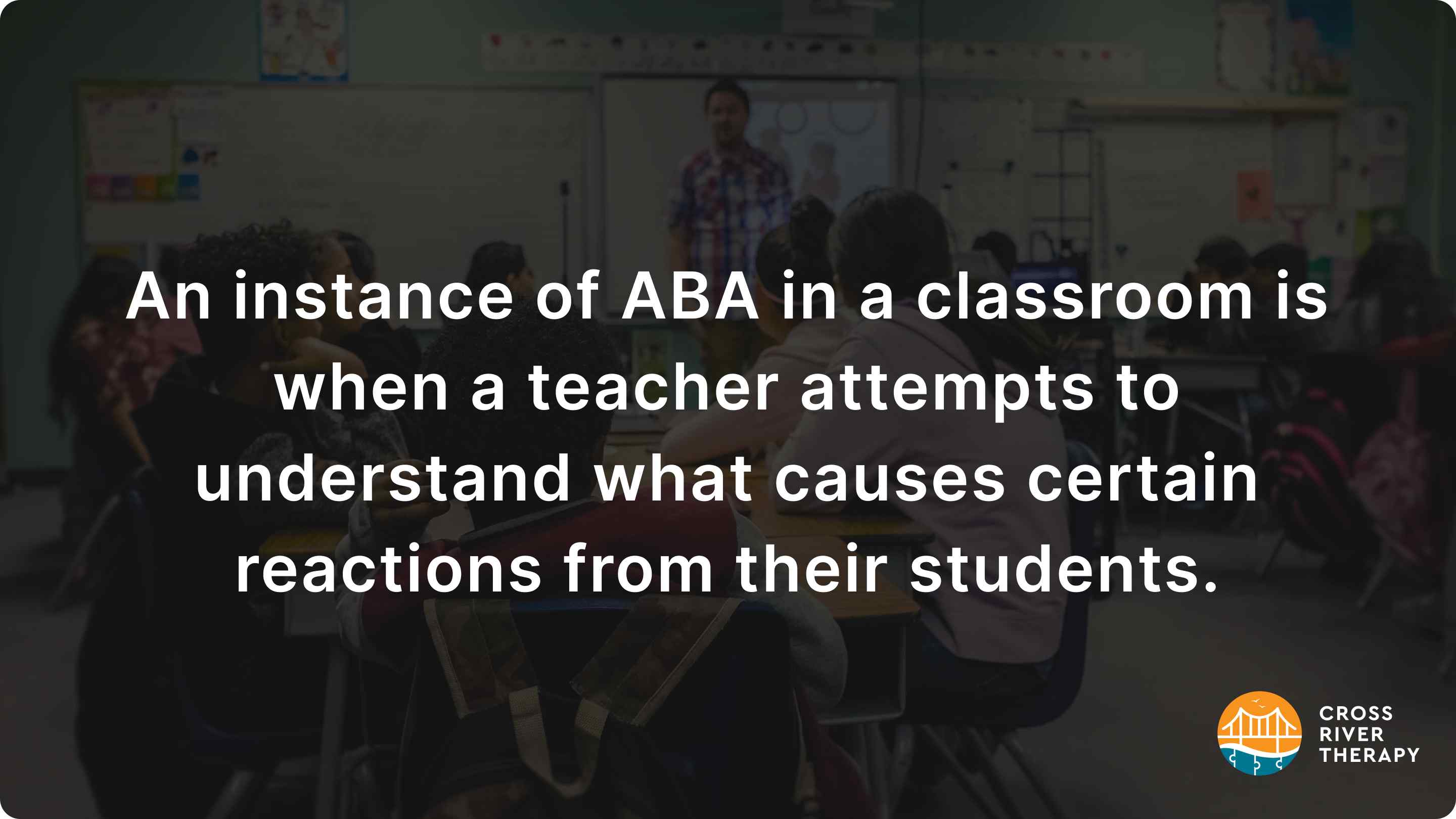
Knowing why a child isn't responding or showing excessive excitability can help in the determination of how best to formulate a plan that's predicated on positive reinforcement, a key component of ABA therapy.
From this, teachers can see the consequences of different behaviors and make the classroom better aware of them.
And by staying committed to changing a classroom setting to get appropriate conduct, reinforcement that's in favor of a better learning environment can remain consistent.
However, teachers should remember that not every behavior shown needs special intervention.
Expectations for what students can and cannot do regarding their behavior should be realistic, including the results of any ABA methods utilized.
But ABA methods for promoting good classroom behavior are highly suggested for teachers to try out. It may take a bit of patience and tenacity, but great results are guaranteed.
Best ABA Teaching Strategies
ABA courses are the same yet have varied approaches in the way that they're prescribed. Nevertheless, five primary strategies exist.
These are meant for use with behavioral analysts in an ABA clinic, but can easily be worked into a classroom by a knowledgeable teacher.
These components are easy to take on once an understanding of ABA therapy is gained:
- Discrete Trial Training, or DTT
- Naturalistic Teacher
- Pivotal Response
- Token Economy
- Contingent Observation
Discrete Trial Training
In the classroom, discrete trial training should be simplified where every skill is subcategorized and taught apart from one another.
This can help complicated ideas become easier for students to learn.
From this, teachers and students can go through objectives one by one.
This strategy is sometimes called cue and response. In plain terms, it's when a student does something after receiving the proper request to do it after being made aware of the consequences.
Keep in mind that the consequences shouldn't be thought of as bad since they can lead to something that the student wants, such as a break or reward. Once one trial is done with, a pause is advised before moving on to the next one.
Because of the pacing and need for communication for it to work, discrete trial training could be of particular use to kids with problems socializing.
Pivotal Response Training
Pivotal response treatment doesn't hone in on an individual's behavior but focuses on crucial areas in the development of a child.
The way a child shows responsiveness and what motivates them are components of Pivotal Response Training (PRT).
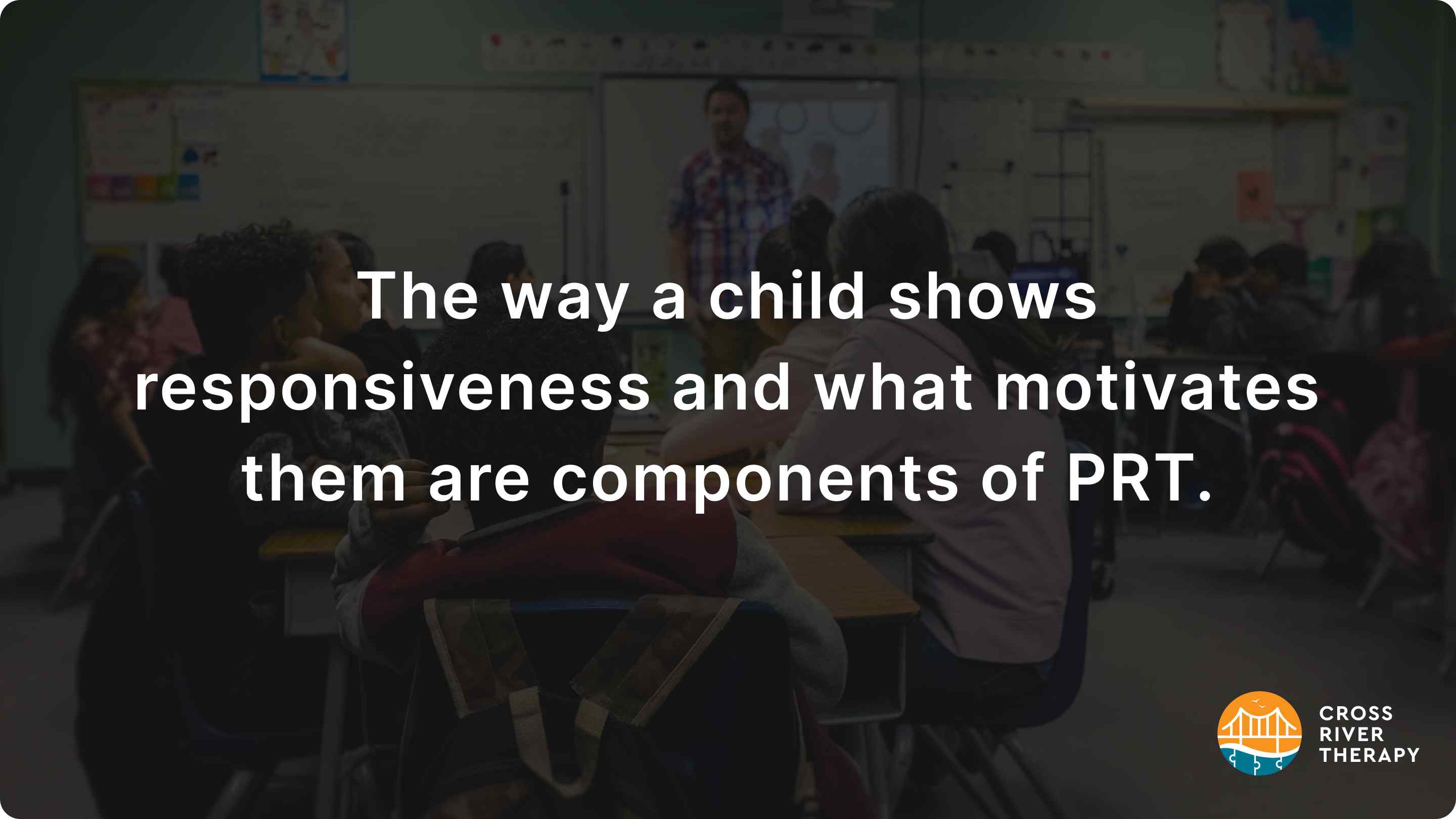
By focusing on these areas, teachers get positive results that help problem students better communicate and behave around their peers and authority figures.
Once worked into a classroom, teachers should expect to see less antisocial behavior and increased motivation to learn.
The Token Economy
The token economy strategy focuses on reinforcement using symbols that are traded in for other reinforcers.
The symbols most commonly used in an ABA clinic are tokens, which can be made by the students themselves as the teacher's wishes.
The tokens can be literal or serve as a term for something else deemed valuable to students in a classroom.
Other token ideas are small school supplies, such as erasers, pencils, or even crayons. When certain behaviors are shown that are positive, students can earn tokens that are in the form of the idea mentioned.
Contingent Observation
Contingent Observation is a consequence that serves as a less punishable way of getting a child to continue with a task without disrupting the other students around them.
During times of poor behavior, the child is directed to move a short distance away from a group, where they're taught to show appropriate behavior.
The child can continue to listen and isn't entirely separated from the group, but just enough so they can see the result of the unwanted behavior. It's a reliable way for teachers to lessen aggressiveness in some children.
What Does an ABA Teacher Do?
ABA therapy teachers use behavioral reinforcement to teach good behavior to students while reducing unwanted behavior.
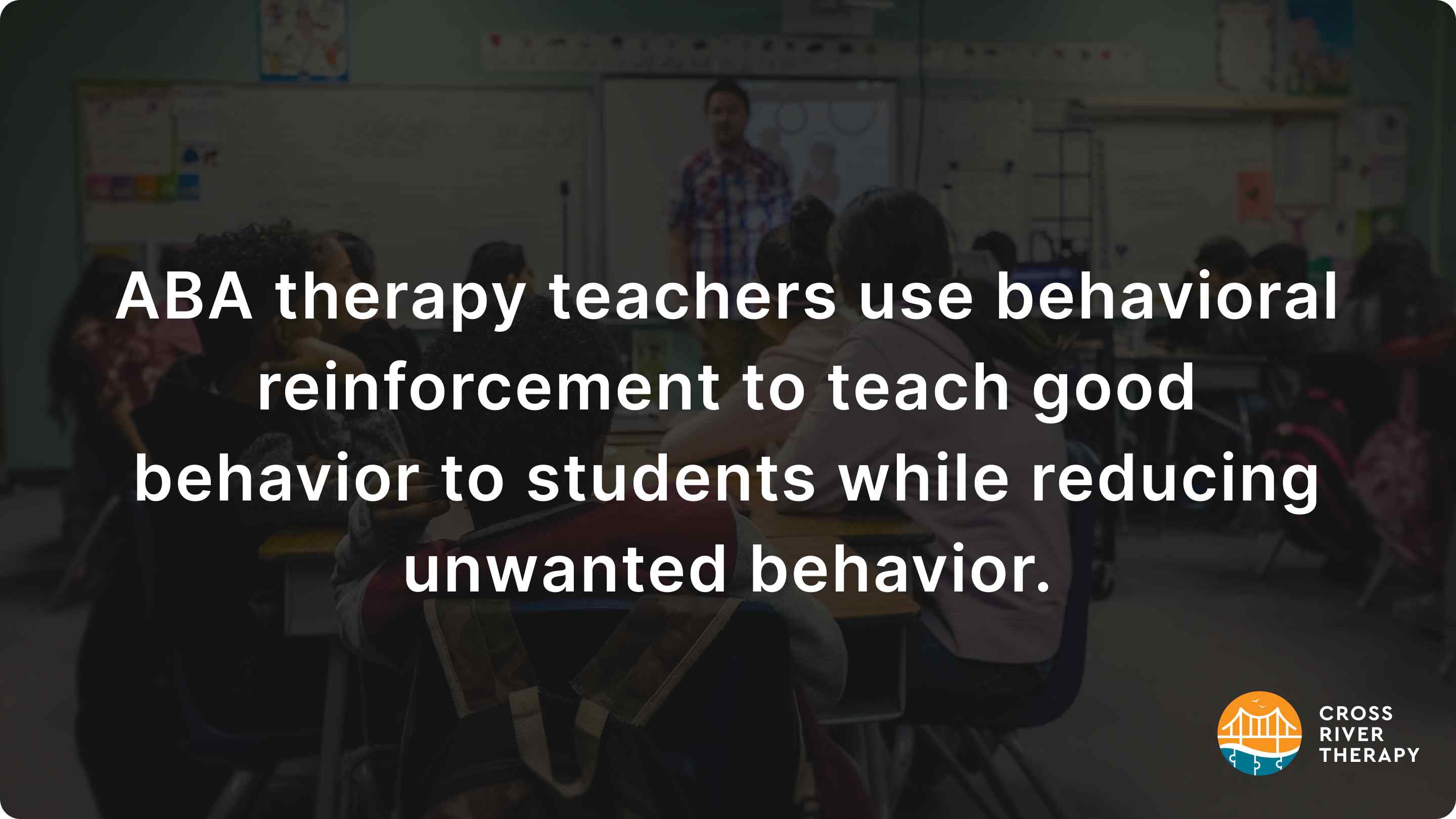
The result of this is an improved learning atmosphere where the teacher's lesson plans have fewer interruptions from negative behavior.
Once a teacher takes this approach, the setting is known as an ABA style, where class management is done through positive reinforcement and the five teaching strategies listed.
How Does ABA Therapy Work in Schools?
How ABA therapy works can change depending on the location.
Some states, for example, offer ABA services as part of the curriculum of a child with special needs. This may be funded either by the state or a health insurance provider.
However, most public schools across the country by law are mandated to provide accommodation for special needs kids, where children with autism fall.
For private schools, parents and teachers can speak with the appropriate staff members for detailed answers on their special needs programs.
A teacher that's specifically trained in child psychology can be assisted in a student's needs at school, or a therapist from a local ABA clinic could be requested.
ABA courses can be worked into a child's ordinary school routine or given separately through a special needs program.
Do Schools Need to Provide ABA Therapy?
ABA therapy in public schools serves to benefit kids diagnosed with many disorders, and autism is one of them.
In most states, public schools must have an ABA program of some sort.
ABA therapy is also prescribed to students in some special needs programs. Sometimes, services are funded through either individual public schools or districts as they're needed or requested.
In most circumstances, a parent will have no issues getting ABA services of some sort for their child when they're enrolled at a public school.
Why Is ABA Important in Schools?
Unfortunately, ABA therapy isn't always accessible to students who would benefit from its courses the most.
Even while ABA therapy has become easier for parents to provide for their children, there remain many issues that can make attendance at an ABA center difficult.
Aside from the scheduling, issues relating to traffic commutes, and length of courses, some parents might find it hard to get affordable health coverage for their children.
ABA therapy at school can help with some of these problems, especially when it's funded in part by the school district.
The teaching strategies of ABA therapy are easy for teachers to understand and work into their interactions with students, something that can help kids with or without autism adjust to a backdrop like a classroom.
References
- https://www.procaretherapy.com/resources/school-district/do-schools-have-to-provide-aba-therapy/
- https://www.appliedbehavioranalysisprograms.com/lists/5-applied-behavior-analysis-teaching-strategies/
- https://www.appliedbehavioranalysisedu.org/2021/11/aba-in-classroom/
- https://vlsblog.endicott.edu/aba/aba-in-the-classroom
- https://www.abatherapistjobs.com/blog/aba-for-classroom-management



